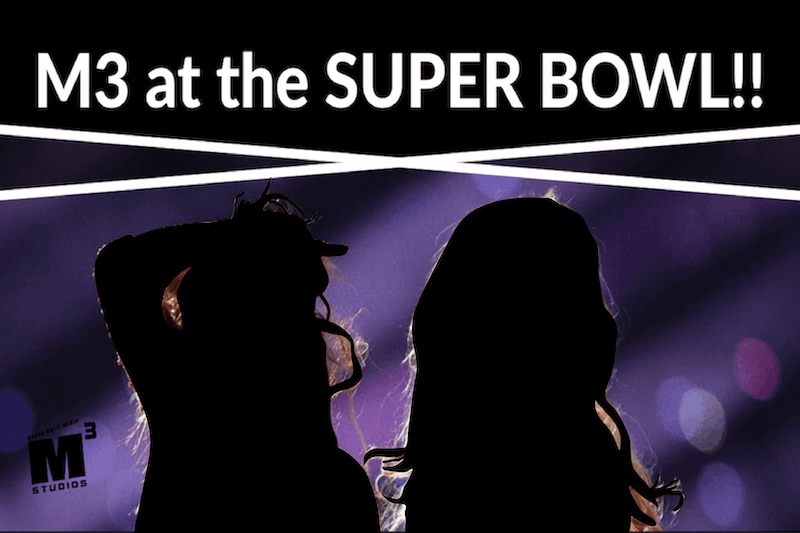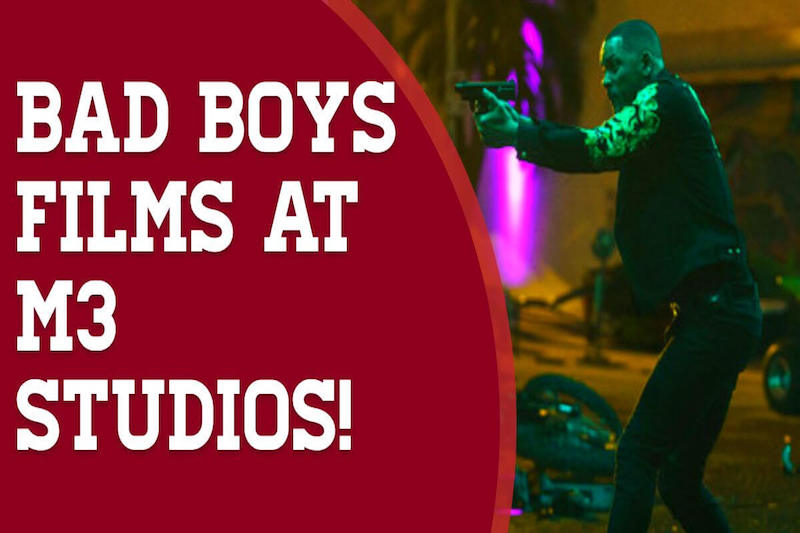The 54th annual super bowl was a nail-biting game and included performances that got you…
Movie Monday Review: The Avengers
If you went to the movies this weekend, the odds are nine to one that you saw The Avengers. Marvel’s latest hymn of adrenaline serenaded the hearts of nerds and casual fans alike, smashing opening weekend records along the way, as if the Incredible Hulk himself spiked the box office during a touchdown dance.
It became the fastest film in history to gross 200 million domestically (twelve days), set single day records for Saturday (69 million) and Sunday (50 million), and cashed a combined international check of 640 million dollars. To put it in perspective, only eleven films in history have joined the billionaire’s club. The Avengers will likely be the twelfth by month’s end. It will enter the one percent of cinema royalty where it will mingle with such monumental films as Avatar, The Dark Knight, and The Return of the King.
There were an insurmountable number of variables that went into the film’s production. A few of the more intriguing components are as follows:
The Set Pieces
The “Helicarrier” is a giant aircraft carrier with flight capabilities and a half-mile waistline. It’s iconic to the comics; so it was important to memorably highlight it on film. S.H.I.E.L.D’s floating fortress filled two of Albuquerque Studios’ soundstages (the whole production took six of eight), was as wide as half a football field, and took five months to build.
The Cameras
The film was shot using cameras on two ends of the financial spectrum. It was Seamus McGarvey’s (cinematographer) first venture into the world of digital video and he chose the Alexa by Arri. With its tonal range, clarity, and resolution, the Alexa is praised for bridging the gap between the film and digital shooting formats. It has been featured in a plethora of feature projects since its release in 2010. McGarvey used a 1.85:1 aspect ratio to account for the varying heights of the characters and the Manhattan Skyline.
With its 220 million dollar budget, splurging on elaborate set pieces, an all-star cast, and top end equipment is to be expected, but some of the film’s more intimate shots were filmed using Canon’s EOS 5D Mark 3 DSLR. With an ISO range as low as 50(L) and as high as 102400(H2), compact portability, and pristine HD quality, the Mark 3 proves that quality doesn’t require Tony Stark’s credit limit. It has also been featured in Iron Man 2 and Captain America: The First Avenger.
The Marketing
Marvel’s financial success blossomed from one of the more fertile product placement seeds in recent memory. Who among us didn’t gasp at the sight of Mjolnir (Thor’s hammer) as it crashed into the Earth after Iron Man 2? Tony Stark may have nonchalantly used Captain America’s iconic shield as a prop, but it enchanted the audience because it foreshadowed the origins of Steve Rogers. The Avengers has already grossed more revenue than Thor, Captain America, and the two Hulk films did throughout their theatrical runs. Its presence radiated throughout the public subconscious years before its debut, and every Easter egg, and post credits scene left the audience foaming at the mouth like Pavlov’s dogs.




This Post Has 0 Comments